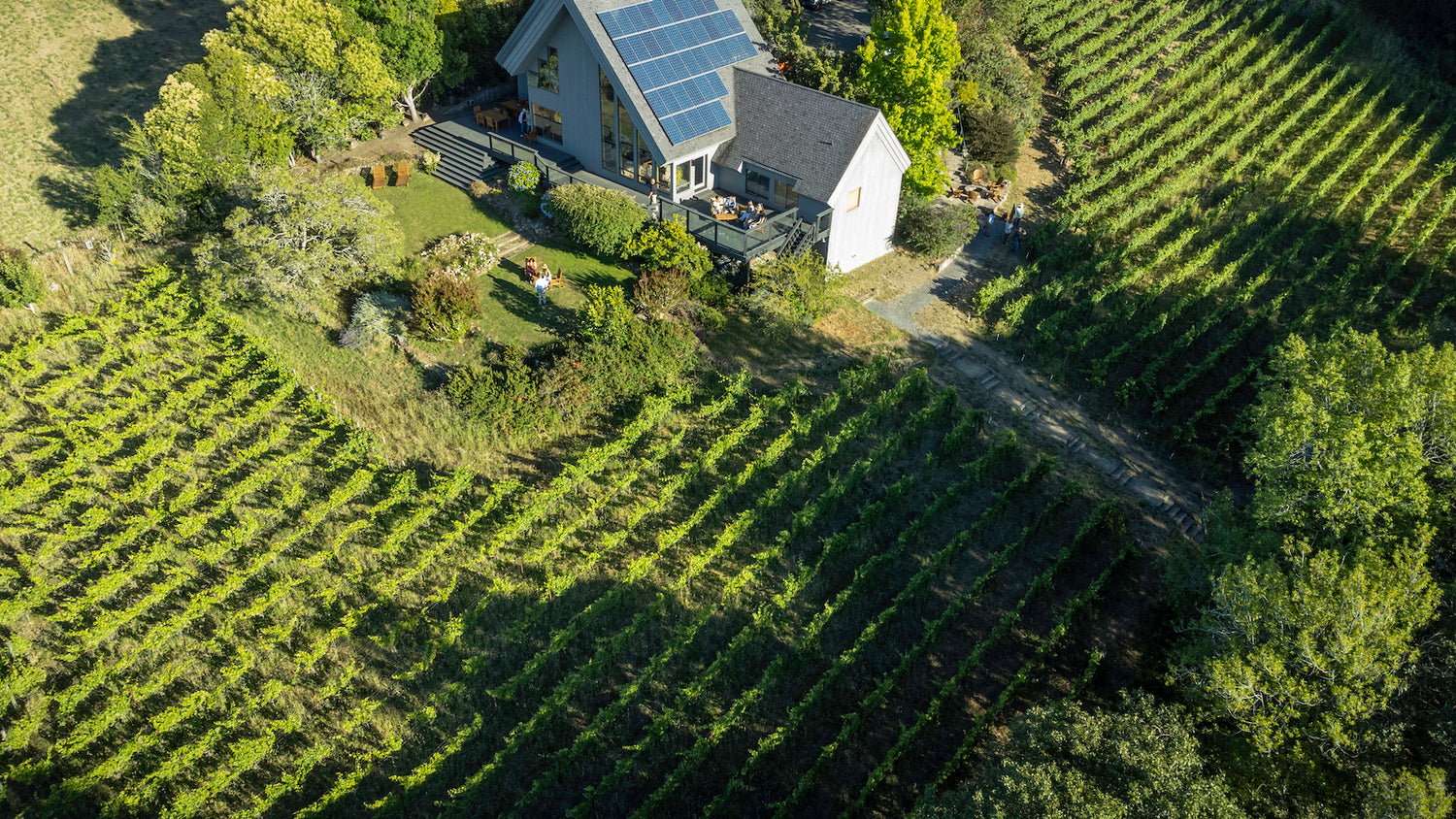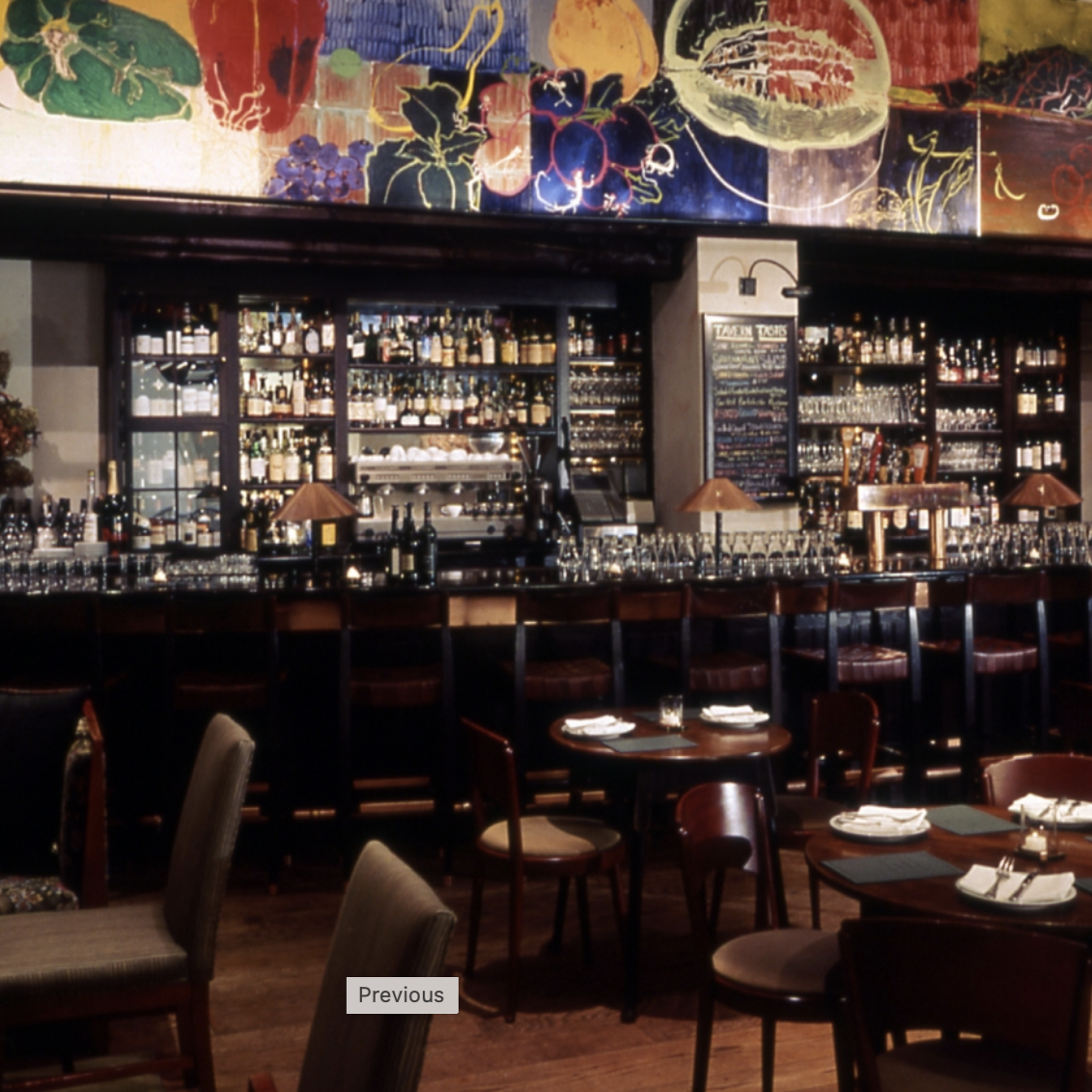Good Wineries For Large Groups In Sonoma Valley - Wine Tasting And Vineyards In Sonoma
Wineries Known For Sustainable Practices In Sonoma - Celebrated Wineries Around Sebastopol
Wine tasting is an art that combines sensory experience with an appreciation for the nuances of different varietals. How to judge flavors in winery wine tasting classes is pivotal to greedy the complexities of wine.
Participating in a wine tasting entails greater than merely sipping and savoring. It requires a targeted method to establish aromas and flavors that every wine presents. As you begin, observe the wine's look, noting its shade and clarity. These visible cues typically recommend a wine’s age, grape variety, and even potential flavor profiles.
The subsequent step in the tasting course of is to swirl the wine in your glass. This action releases fragrant compounds that are very important for analysis. Lean in and take a moment to inhale deeply; the aromas can range from floral and fruity to spicy and earthy. The nostril of the wine is simply as essential as the palate, and recognizing scents plays a significant function in understanding the general experience.
When taking your first sip, permit the wine to move across your palate - Wineries In Sebastopol. Discover the preliminary flavors that current themselves. Is the wine fruity, floral, or perhaps herbaceous? This initial style offers perception into what the wine is likely to express as you continue to judge it. The mouthfeel additionally contributes to the overall flavor experience; it can be silky, tannic, or even effervescent.
Wineries Pairing Wine With Chocolate - Wineries With Outdoor Tastings In Sebastopol
As you continue tasting, pay attention to the wine’s stability. A well-balanced wine will harmonize acidity, sweetness, and tannins. If one element overwhelms the others, it'd indicate a less desirable quality. Evaluating steadiness may help you establish how well the wine may pair with food.
Transitioning to the end, think about how the flavors evolve because the wine lingers in your palate. A lengthy, nice end can point out a high-quality wine, whereas a short or abrupt finish may counsel in any other case. Reflect on whether or not the flavors remain consistent or if new notes emerge because the wine settles. This development can reveal complexities and intricacies that might not have been obvious within the initial tasting.
Temperature can also be an important think about evaluating wine flavors. Completely Different forms of wine are optimally enjoyed at specific temperatures. White wines usually shine when chilled, whereas pink wines generally carry out finest at room temperature. When tasting, make positive the wine is at the applicable temperature to totally recognize its character.
Spectacular Vineyard Views In Sonoma - Wine Tasting And Vineyards In Sonoma
Pairing food with wine can significantly enhance the tasting experience. Meals can influence the perception of flavors in wine, both highlighting certain characteristics or diminishing them. When evaluating flavors, contemplate how the wine interacts with completely different meals, noticing which flavors are amplified or muted (Cultural Wine Experiences In Sonoma County).
Consider the affect of terroir as you interact in a winery tasting. Terroir encompasses the distinctive environmental components that have an effect on grape growing, including soil composition, local weather, and geography. Understanding a wine's terroir can provide insight into its flavors and aromas, fostering a deeper appreciation for the choices made during its cultivation and manufacturing.
Schooling plays a basic role in enhancing one's capability to judge wine flavors. Studying about grape varieties, wine areas, and manufacturing methods can pave the means in which for more informed judgments throughout tastings. Additionally, attending workshops or classes can refine sensory skills and broaden your flavor vocabulary, enabling you to articulate tasting notes extra successfully.
Finally, it is important to do not forget that evaluating wine flavors is a highly personal experience. Individual preferences and perceptions will invariably form one’s tasting journey. Enjoyment ought to be at the forefront, with the evaluation process appearing as a device to boost understanding and appreciation somewhat than create inflexible tips.
Scenic Vineyard Tours In Sebastopol - Sonoma Valley Vineyards And Wine Tasting
In conclusion, mastering tips on how to evaluate flavors in winery wine tasting periods entails a combination of sensory engagement, knowledge, and practice. By learning to determine aromas, assess the steadiness, and recognize the intricacies of flavor, wine enthusiasts can deepen their connection to each bottle they encounter. As with any art form, the more one immerses themselves in the experience, the extra they may uncover and benefit from the huge world of wine.
- Begin by observing the wine's color and clarity, as these visible parts can trace at its flavor profile and getting older potential.
- Swirl the wine gently in your glass; this releases fragrant compounds, permitting you to higher identify the complex scents associated with the wine.
- Take a deep inhale before tasting, focusing on both primary and secondary aromas to gather insights on fruits, spices, and other nuances.
- When tasting, allow the wine to coat your palate; note the initial flavors, the mid-palate complexity, and the finish as these levels can provide totally different flavor highlights.
- Pay consideration to texture and mouthfeel, as features corresponding to tannin ranges, acidity, and sweetness contribute considerably to the overall tasting experience.
- Compare flavors against standard wine characteristics; for red wines, consider berry notes, oak affect, and natural tones, whereas whites might embrace citrus, stone fruits, and floral hints.
- Take notes through the tasting session to track your impressions, helping you to remember and consider the completely different wines sampled.
- Focus On your findings with fellow tasters or winery workers, as sharing insights can improve understanding and appreciation of particular person flavors.
- Permit time for the wine to breathe; sometimes, flavors evolve and reveal new dimensions after being exposed to air.
- Experiment with food pairings in the course of the tasting as they'll dramatically alter how flavors are perceived, influencing general enjoyment.undefinedWhat ought to I look for when evaluating the aroma of wine throughout a tasting?
Begin by swirling the wine in your glass to release its aromas. Deliver the glass to your nostril and take a deep breath. Pay consideration to the first scents you detect, as these are sometimes essentially the most distinguished. Look for fruit, floral, herbal, or earthy notes and try to determine particular traits, which is able to deepen your understanding of the wine's complexity.
Family-Friendly Wineries Near Sebastopol - Sebastopol Wine Country Vineyards Adventure

How can I distinguish between totally different flavor profiles in wine?
Perceive that flavor profiles are sometimes categorized as fruit, floral, herbaceous, spicy, or mineral. Take small sips and permit the wine view to coat your palate. Discover the primary flavors that emerge first and the refined notes that comply with. This layering is important in distinguishing the wine's traits and can allow you to respect its distinctive profile.
Wineries Offering Elegant Wine Tastings - Sebastopol Area Wine Tasting
What is the significance of the wine's texture in a tasting?

The texture of the wine, also referred to as mouthfeel, performs an important function in how we understand flavors. Pay consideration as to whether the wine feels clean, creamy, or gritty. The body of the wine (light, medium, or full) can enhance or contrast with flavors, providing a more rounded experience during tasting.
How do I assess the steadiness of flavors in wine?
Steadiness in wine refers to the harmony between acidity, sweetness, tannin, and alcohol. Take a moment to assess whether these elements complement or intervene with one another. A well-balanced wine may have none of its elements overpowering the others, creating a nice tasting experience.
Wineries Specializing In Sparkling Wines - Explore Sebastopol Area Vineyards
What role does temperature play in evaluating wine flavors?
Temperature can significantly impression the notion of flavors. Generally, purple wines are greatest served slightly under room temperature, while white wines benefit from being chilled. As the temperature adjustments, the aromas and flavors can shift, permitting you to perceive totally different characteristics. It’s essential to style wine at its optimum temperature for true evaluation.
Wineries Known For Handcrafted Wines - Sebastopol Wine Experiences
How can I improve my tasting skills over time?
Practice is key to enhancing your tasting skills. Wineries With Unique Wine Blends. Attend tastings, maintain a journal of your experiences, and discover different types of wines to broaden your palate. Additionally, learning about wine manufacturing and grape varieties can present context that enhances your analysis process, making you a extra knowledgeable taster.
Is there a selected order during which I should taste the wines?
Wineries Offering Charcuterie And Wine Pairings - Best Vineyard In Sonoma
Sure, it’s advisable to taste wines from light to full-bodied and dry to candy. This development prevents the stronger flavors from overshadowing the more delicate ones, permitting you to totally appreciate each wine's traits and nuances with out palate fatigue.
How can I evaluate the aftertaste of wine?
Off The Beaten Path Wineries In Sonoma - Sonoma Vineyards Worth Visiting
The aftertaste, or end, is a crucial aspect of the wine-tasting experience. After swallowing, pay consideration to how long the flavors linger in your palate and whether or not they change. A long, pleasant end is often an indicator of a high-quality wine, whereas a brief or disagreeable end might recommend otherwise.
Why recommended you read is it important to note the wine’s acidity throughout tasting?
Acidity contributes to the general freshness and construction of the wine. Pay attention to the tingling sensation on your tongue; greater acidity can improve the wine's liveliness and steadiness out sweetness. Noting acidity helps determine the wine's versatility with food and its growing older potential.
What should I do if I struggle to establish particular flavors in wine?
Wine Tasting Trails In Sonoma Valley - The Charm Of Sonoma Wineries
Struggling to identify flavors is common, especially for newbies. Focus on broader categories and describe what you probably can recognize, similar to sweet or earthy notes. With practice, reading about totally different flavor profiles, and perhaps using flavor wheels, you'll refine your senses and develop a more nuanced approach to tasting.